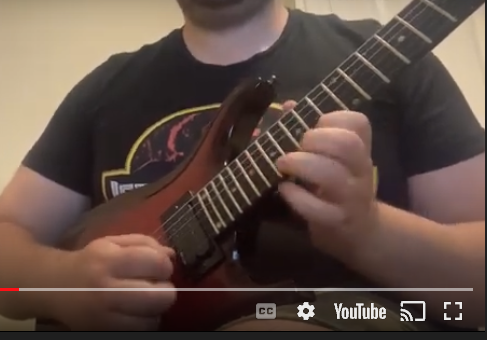Hi guys,
I’m currently having to take some time away from guitar after having developed Carpal tunnel syndrome in my fretting hand. Having thought about it, I think this has been caused by long term bad habits in my left hand technique. So when I get back to playing I’d like to fix it!
The problem is mostly the pain, but musically, I’m struggling to get down the consistency Id like with my runs to flow through improvisation better; hopefully stopping me from getting discouraged when new ideas fall apart.
From a picking hand perspective I don’t have as many issues with tension, but I have done a lot of experimentation with DWPS approaches and two way slanting. However, with longer three note per string runs (specifically ones that wind back and forth) I hit a brick wall which I’ve tried to address by using more DWPS - although I’m really not sure the picking is the problem.
The problem is intermittent, so during a practice session, there are often points where the technique feels smooth as butter and I’m able to go as fast or faster than the video below. But depending on which way the wind is blowing I’m only reliably able to get up to around 10-12 notes per second (100-110 bpm sixteenth note triplets). Then even in the same session it’ll fall apart and I get frustrated.
I’ve posted a take I did about 6 or 7 months ago of a cover of Fatal Tragedy by Dream Theater. It’s not perfect due to some timing issues and there’s a mistakes on there I think I’m no longer making where my bending is coming from the fingers rather than the wrist.
I’ve seen on the forum recently that some people have issues where they over extend the first knuckle joint of the fretting hand. I have a feeling I’m doing something like that, but I’m hoping one of you experts can put me right.
Peace out


